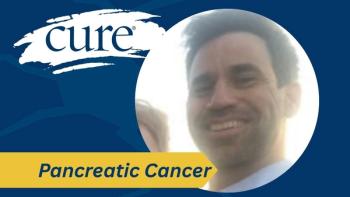
In the 'Midst of a Real Shakeup': Perspective on Next Few Years of Mantle Cell Lymphoma Treatments
“I think we’re in a midst of a real shakeup in our treatment paradigms for patients with mantle cell lymphoma, or at least we will be in the next few years,” said Dr. Ian Flinn in an interview with CURE®.
In a recent interview with CURE®, Dr. Ian Flinn, director of lymphoma research at Sarah Cannon Research Institute, discussed what treatment for mantle cell lymphoma may look like over the next several years.
“I think we’re in a midst of a real shakeup in our treatment paradigms for patients with mantle cell lymphoma, or at least we will be in the next few years,” Flinn said.
Transcription:
I think we’re in a midst of a real shakeup in our treatment paradigms for patients with mantle cell lymphoma, or at least we will be in the next few years.
One of the most common therapies for patients with mantle cell lymphoma right now is they get induction chemotherapy, sometimes very aggressive chemotherapy, and then follow it with an autologous peripheral blood stem cell transplant. Basically, a way of giving people very high doses of chemotherapy to overcome resistance to lower doses of chemotherapy and keep people in remission for a longer period of time.
I think the hope is that we’ll be able to get rid of that, right, I mean that is a very aggressive therapy, very difficult therapy that many patients, certainly patients above 70 or so, it’s not probably available to them because of the side effects, and sometimes younger patients want to avoid these as well, so some of these combination therapies that I’m talking about. Such as the combinations of BTK inhibitor and venetoclax (Venclexta) or you know therapies like that, are, I think ultimately going to make their way earlier in the course of therapy and hopefully free us from some of these chemotherapy backbones.




